One of the popular cultivation cultures around the world is a melon. Therefore, each gardener is trying to grow in his site this plant with sweet fruits. For growing melons in different regions, it is important to know the features of planting and care of the culture. If you adhere to the rules, you can collect a large crop of delicious melon.
The best varieties of melon
Melon varieties a large amount, each of which differs not only by the period of ripening, but also with taste, as well as the storage period. Therefore, among many varieties of culture, each garden will find for itself the best.
Torpedo
- The variety is considered the middle-air, the vine is plenty, the middle sheet. The fruit has an extended shape, a sulfur skeleton, smooth with a mesh pattern. The weight of one melon can reach 6 kg. The flesh is very juicy, tender, has a sweet taste and gray-white color. Seeds are long and narrow. The yield is average. From each square. m. You can collect 2 kg. Fruits retain a commodity view for 20 days from the date of harvest.
Collective farmer
- Also the average variety of melon, the sheet is small in shape resembles the kidney. Melon is not a large, spherical shape, the weight of each fetus to 1.5 kg. The skin has a yellow color with orange notes, without a picture. The flesh is thin, white-green, juicy and half-grained. Yield is up to 27 tons. With hectares. The fruits are distinguished by good transportability, resistant to bacteriosis, but often amazed by mildew.
Taman
- The fruits of this variety melon ripen early, possess an oval form. Skin smooth with a uniform bright yellow color, without a picture, very thin. The flesh is soft and juicy, cream shade. Fruits achieve only 1.3 kg. Seeds are narrow and oval. Well withstands transportation.

Melon in the garden photo
A variety of melon varieties amazes with its beauty, which confirm photos.
Reproduction and landing melon to open place
In the open soil, gardeners grow melon in different ways. Some sow seeds immediately into the soil, other gardens prefer to grow seedlings first. In any embodiment, melon landing should be taken into account the rules for choosing a place for growing melon, the proportions of the preparation of the ground mixture and the features of planting culture.
Selection of a plot for planting culture
- Melon refers to plants that love light and warm. Therefore, for planting culture, determine the place-protected place. Perfect for growing melon area with straight sun rays throughout the day. Even the half can lead to the occurrence of cultural diseases.
- The plant reacts very negatively into excess moisture, which contributes to the formation of rot on the root system. Therefore, exclude places in a garden with close underground water. Place a melon on a hill or a small hill so that moisture does not accumulate on the ground. It will also fit the place away from water sources, for example, at the end of the country area.
Important! When choosing a place for growing melons, keep in mind that in the process of growth, the culture produces a long vine. It can damage and even destroy neighboring plants. Therefore, the cultivation of melon on the open soil requires a lot of space.
- It is necessary to take into account not only the neighborhood of melon with other cultures, but also the rules of the crop rotation. They will help you achieve a high yield of culture. That is why it is important to consider which plants grew up to landing melons.
- Culture gets nutrient elements not only from fertilizers, but also from previous plants on the selected area. So the maximum number of useful components of the melon will receive after the growth of the onions, turnips with radish, cabbage, leguminous crops and beets.
- Neighbots and predecessors should not be cucumbers and pumpkin. Melon loves to grow after corn and many years of greenery, but only besides parsley. Such a garden neighborhood and crop rotation will not harm the cultivation of melon, and only provide crop yield.
Preparation of soil for landing melon
- Before cultivation of culture, it is necessary to prepare the ground in advance for planting seedlings or melon seeds. Soil preparation begins in the fall. The selected area is thrown, at the same time remove the roots of previous plants. Put for each square meter 3 kg. Horing.
- Provided that the soil is clay or there is a loam, it is necessary to add river sand at the rate of half a bucket per 1 kV. m. Soil. The clay will prevent the normal passage of water through the soil and worsen ventilation of the root system. All these reasons will not be allowed to develop well. Soil in such a state remains for wintering.
- Early spring reappear soil and make fertilizers with phosphate and potassium content. The number of drugs calculate depending on the instructions on the package, since each manufacturer determines the different concentration of fertilizers.
- The soil stays alone until seedling or seeds disembarking. Immediately before it needs to be added to the soil nitrogen fertilizers. Instead, you can use overwhelmed manure in the amount of 1 kg. on square. m. Soil for disembarking. Such a soil preparation will contribute to a good crop melon.
Treatment and planting seeds
- To obtain a high yield of melon, it is also important to properly prepare seed material. Experienced gardeners prefer to acquire seeds from proven sellers. But you can also collect them yourself. Only in this case, do not use the seeds of hybrid plants. From the entire number of seeds, telect the largest.
- First, for a few hours, we soar the sowing material in the manganese solution for a few minutes. This will continue to protect the plant from possible diseases. Then rinse the seeds and pour clean water. Leave them to germinate 2-3 days. At the same time, change the water every 12 hours.
Important! If you use chemical preparations for pre-processing seeds, then choose the compositions with the smallest content of the components harmful to humans or without them. The funds penetrate the seed inside, and then fall into the fruit.
- Pushed seeds put on a wet fabric that carefully wrap in the roll. During the week, the seeds will warm well and new sprouts will appear. During this time, the fabric must be wet and be in the warm room.
Growing melon seedlings
- After the preparation of the seed material, you can move to the disembarkation into the open ground. But experienced gardeners prefer to first grow seedlings in the pots, harden it in the events, and then plant it at a permanent place. So the sprouts will faster grow faster, which will allow you to collect a high harvest for the season.
- For planting seeds, use peat pots, the diameter of which should not exceed 10 cm. It is advisable to use just such a container. The seedling landing in the open ground is carried out along with a pot, which will allow not damage to the root system of the plant.
- Fill the pots of the soil mixture, which consists of 1 part of the sand, 9 parts of peat and wood ash (by 10 kg. Soil 1 cup of means). The soil in the pots do not compact, the upper layer is bursting. Sowing material Ride 3-4 cm. 2 pcs. in each container. Do not place seeds too deep, otherwise seedlings will germinate for a long time. Sowing seeds is held in April.
- Posses with planted seeds put in a warm place with an air temperature of at least 20 degrees above zero. The room should always be light and good air circulation, but not draft.
- The first sprouts will appear after 7-10 days. At this stage, ride them, removing the weakest. When three or four large leaf will grow, give the top. Such a procedure will allow to develop lateral processing.
- Caring for new sprouts is simple. Remove the weed plants in a timely manner, mild moderately. Make sure that the moisture does not fall on the leaves and stem seedlings. Dry river sand around the sprouts will protect against the appearance of the disease "Black leg" at the bottom of the stem.
- When seedlings reaches 4-5 cm. In height it is necessary to start hardening the plant. To do this, take the seedlings to an open and sunny place first for 20-30 minutes, then gradually increase the time to 12 hours.
Planting seedlings in open ground
- The landing of young sprouts melon is held in 25-30 days from seeds in the pot. In this case, seedlings should be hardened to local weather conditions, i.e. There are in the potted pots at an open 24 hours. This condition will allow seedlings to adapt to open soil faster, and therefore its growth will increase.
- After preparing the garden and making the last portion of fertilizers, flush the soil with rake and make shallow wells. The distance between them should be from 70 to 85 cm. If planted seedlings closer to each other, then the vine will not be able to develop normally.
- To carry out seedlings, select a sunny day. It is important that the soil warms well, and no more freezing on it. Otherwise, melon sprouts will die from low temperatures.
- At the bottom of the finished well, put the humus and pour with a small amount of water. Peat pots lower in the hole, sprinkle a soil around it. At the same time, the upper rim is a pot must be above the surface of the soil. The sides of the sides slightly pressed with their hands and again sprinkle with warm water around the seedlings.
- To make sprouts of Melon better, create a shadow over them in the first couple of days. If in the spring there are sharp temperature differences between day and night, then at night, take the seedlings of the film. It should be done during the rains.
- Instead of film, you can use plastic bottles. Cut them in half and each part Cover the seedlings. During irrigation, such a design must be removed. When you spend loosening after full moisture absorption, plastic bottles are installed back. When the seedlock is strengthened and the vine will grow, the additional shelter is removed at all.
Caring for Melon.
- Full culture care consists of comprehensive measures that will contribute to the preparation of a high harvest and protect against diseases. The soil around melon should often loose, make feeding, ensure regular watering and timely remove weeds to ensure normal growth.
- The main pests are birds that can destroy sprouts or even fruits. It is recommended to install repellent systems on the garden. Melon during maturation is recommended often and gently turn over. In order to prevent possible diseases on the fruits and save the crop, put a plate for them. So you will eliminate the contact of melon with soil.
Right watering melon
- Since culture has east origin, it does not like excessive moisture. An ordinary watering during the ripening of fruits is 1 time per week. In arid and hot days should be increased to 2 times in 7 days. At the same time, water must be warm and carried out only under the root.
- During watering, make sure that the liquid does not fall on the leaves. This is very important, since moisture can lead to a damage to disease and even loss of crop. If there are tightening rains, then it is necessary to climb the soil around the main stem, and the fruits themselves are covered with moisture. Culture does not like excessive moisturizing.
- Experienced gardeners during the seedling landing immediately install anti-sheds. They have a special structure that will save the plant from moisture, but at the same time will not prevent sunlight getting.
- Also, the drainage system with the help of tubes at the root system of the plant will greatly facilitate watering for you. Such a soil moisturizing scheme is considered more efficient and safe.
Cutting for melon
- Undercumation of culture is recommended to carry out mineral and organic components. Among the mineral fertilizers, prefer preparation with high potassium content, as well as calcium. Use the tools only according to the instructions so as not to pass the plant and save the root system. Fertilizers are made after another watering or rains with the mandatory soil loop around the main stem melon.
- If the culture receives a sufficient number of potassium in the ground, the process of formation of female flowers is activated. This means that yield will increase several times. Also, this component increases the stability of the culture to the appearance of diseases and maintains in the ripening period of fruits. When the marking was already formed and a melon begins to grow, the need for potash fertilizers increases.
- Mandatory components for the full health of the culture are vitamins, potassium with phosphorus, trace elements and nitrogen. Such elements are rich in organic fertilizers. One of the optimal variants of this type of fertilizer for culture is humus, which contains both the organic and plant residues.
- It is also allowed to use overwhelmed manure. These organic fertilizers are used only in the form of a concentrated solution. The remedy in the ratio with water 1: 5 is made under the root, then the plant is abundant. Do not neglect this condition. So you will avoid accumulation in the soil of harmful nitrates.
- There is a diagram of making jams for melon. Since some fertilizer culture gets from the prepared soil when landing, the first feeding is made 2-3 weeks after disembarking. Then fertilizers are made every 10 days before the start of the ripening of fruits. During the growth of the melon itself, complex drugs are used or replaced by a organic.
Printing Rules
- Popping melon is carried out not only for the formation of the bush, but also for the impact on the speed of ripening fruit. In addition, timely pinching of the vine maintains all the necessary elements inside the plant, which are then used to form and develop the fetus. This procedure also prevents diseases to diseases that may appear in weak processes.
- The basic rules for the plot of the vine in culture are aimed at primary and subsequent procedures. For the first time to plant a plant is necessary before landing on a permanent place of growth. At seedlings, the top is removed after the thumbs of the third or fourth sheet. On this procedure ends if you grow the rapid grade of culture.
- For late sorts of melons, pinching occurs on additional vines after the third sheet following the urging. Protecting extra processes follows only by a secateur or sharp scissors so as not to damage the vine. In more detail about which sprouts should be removed on the plant, see the drawing.
The most common melon diseases
There are a large number of melon diseases. Not only stalks and leaves are affected, but also the fruits, as well as the root system. Diseases may appear from affected seeds, poor soil, weed plants or their residues. In addition, the loss of the vine can cause incorrect care of the culture or excessive fertilization to the soil.
Anthracnose or Mesyanka
- The disease first affects the leaves, then transferred to the vine and damages the fruits. On the leaves there are stains with brown or pink color, which over time becomes more in size. Then the middle of the hole spots appears. The leaves are gradually dry and twisted. Damaged vine breaks quickly, as it becomes fine. Melon affected by Medica, deform from lesions and quickly faded.
- To prevent the appearance of anthrax on culture, it is necessary to strictly adhere to the rules of crop rotation when choosing a place for landing melon, as well as thoroughly remove the remnants of other plants from the site. Also, the warning measures can be attributed to moderate soil moisturizing and its frequent loosening.
- If culture is already amazed, it is important to start its treatment as early as possible. For this, it is used for sulfur powder for polling or burglar liquid for spraying leaves with a concentration of 1%. Such processing should be carried out 3-4 times every 10 days.
Askochitosis Melon or fungal disease
- The most malicious disease, which relates to fungal diseases of the plant. The root cervix is \u200b\u200baffected. First appear pale stains with a large number of points. Gradually, they affect the entire surface of the root neck. Such a disease leads to a low yield and death of crops.
- The leaves and vine melons can also be faced. First, the surface becomes soft, then gradually drawn and dies. The fungus on the remains of the plant can be preserved for about 2 years.
- The causes of the disease is primarily strong soil moisturizing and low temperature regime. To protect the plant from the disease, carefully spend the autumn preparation of the soil for landing. Deeply jump the ground with the removal of all the remains of the plants.
- Delete the affected bushes in a timely manner and definitely burn them. Before landing seedlings, disinfect the soil, make a sufficient number of potash fertilizers. If the defeat is insignificant, then perform the processing of the entire plant by a borodic solution.
Puffy dew
- This disease is most often found among miracle plants. The leaves are affected primarily, then vine. First appear white spots with a small diameter, which then cover the entire surface. The leaves acquire brown color, gradually twist and fall.
- After identifying the disease, immediately destroy the affected areas of the vine, treat the plant with a sulfur powder at the rate of every 10 kV. m. 40 g. The drug. Apply a remedy after 10 days. Stop processing with the drug follows 20 days before the ripening of fruits.
Basic pests melon
In addition to diseases, pests brings no less damage to culture. To preserve the plant and obtain a high harvest, it is necessary to act immediately when the pest is detected on the leaves or vines.
Bahch wane
- Small insects that have green, brown or yellow shade. This pest can produce over 20 generations of larvae. Bahch wave lives on the back of the leaves. I am striking the entire surface and sucks juice from them.
- At the first appearance of the pest immediately, remove the lesions from the vine. Then trees the plant with special preparations or soap solution. To prevent the appearance of the TI, often remove weighing plants.
Melco fly
- One of the main enemies of culture. Melco fly is able to hit most of the crop. The pest winters in the larva stage at a depth of 15 cm. In the ground. It appears for the first time over the soil in the first days of June before the ripening of fruits. Mellic fly puts his eggs in the pulp of the fetus. The larvae as the aisles inside the melon do it. This leads to her rot. Damaged melon can be determined by the brown holes on the peel.
- To get rid of the larvae of the pest, the plant spraying is carried out by the drug "Rapier". Instead, it is also used tool with the name "Zenith". The procedure is carried out 2 times for the season. The first spraying should be held at the time of the promises of the first leaves in the seedlings, and the second time - during looping.
Drinking scoops
- For melon, this pest is dangerous in the form of caterpillars. They have gray color with black small dots in the form of the right pattern. Dwell on top on soil or inside it. The stalk of the plant is striking, as a result of which the bush disappears.
- Mechanical actions are primarily applied to combat pests. The damaged bush is completely eliminated, the weed plants break down along with the root. For 20 days, carefully examine the soil and remove the caterpillars. If such measures did not help, the plant treatment is carried out by the drug "Arrivo" according to the instructions.
To raise a melon in her garden, it is necessary to know not only the features of planting and care of the culture, but also timely accelerate measures to combat pests and diseases of the plant.

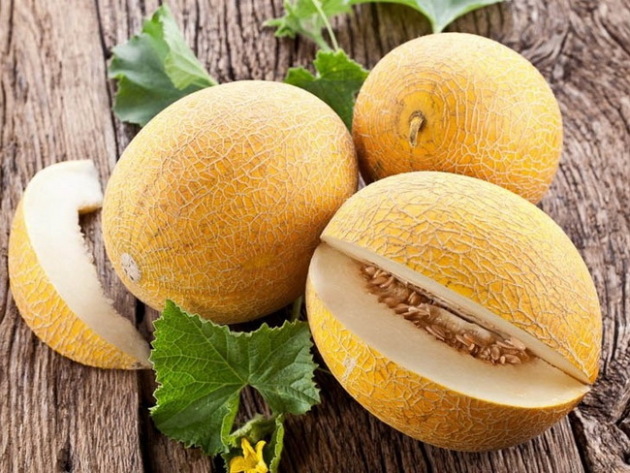

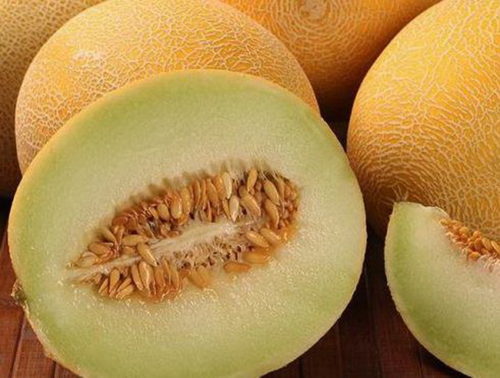


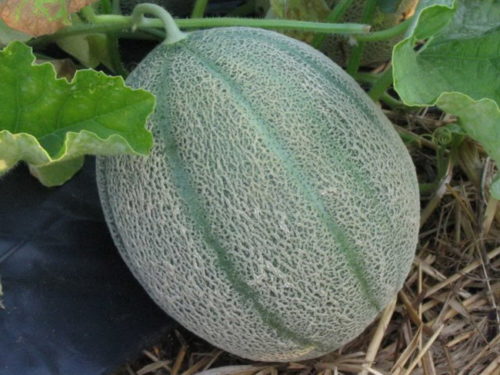

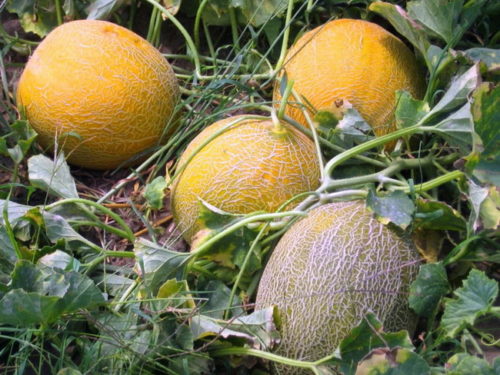
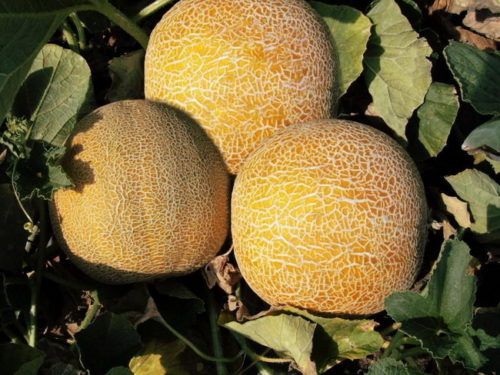
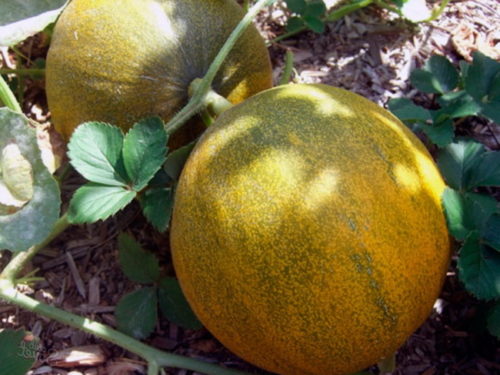
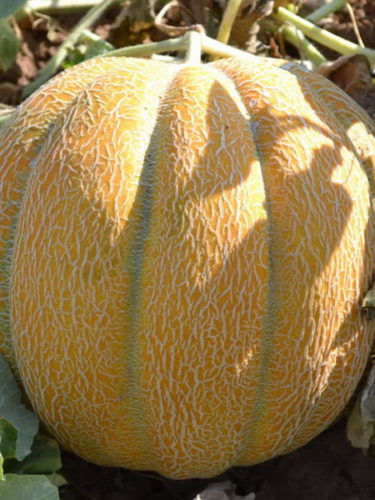


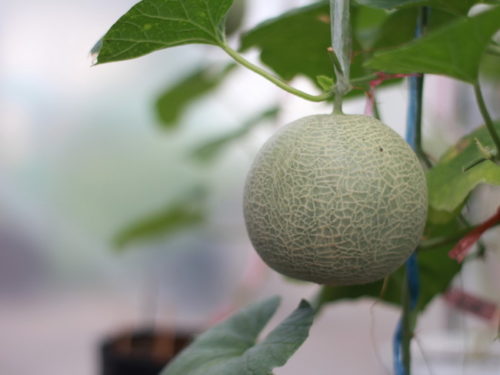
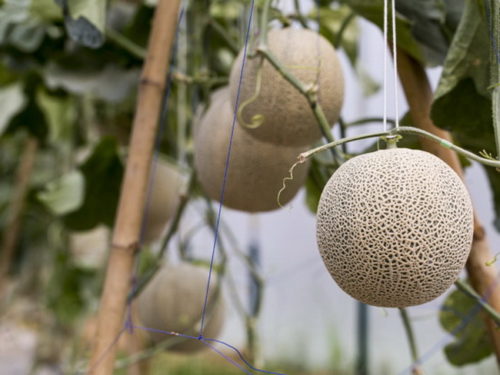
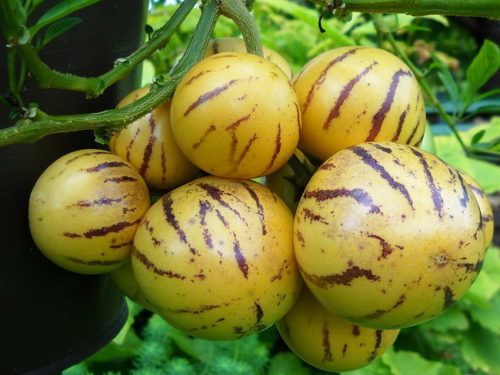
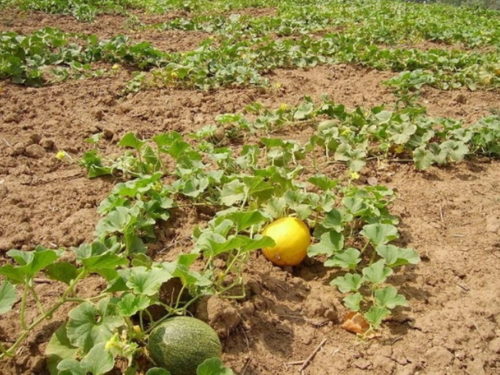

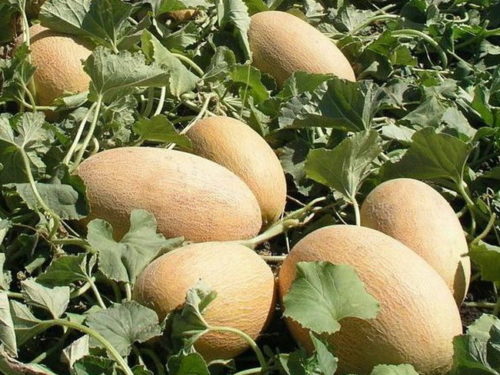

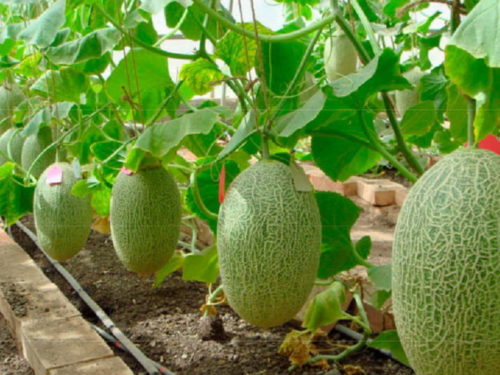
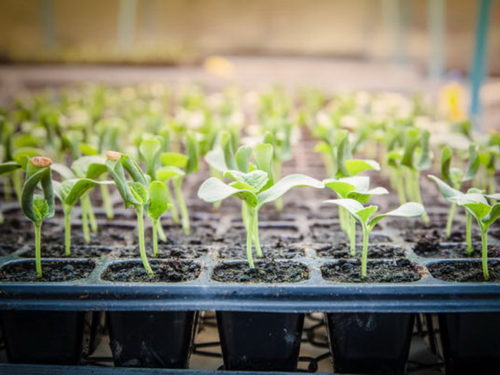
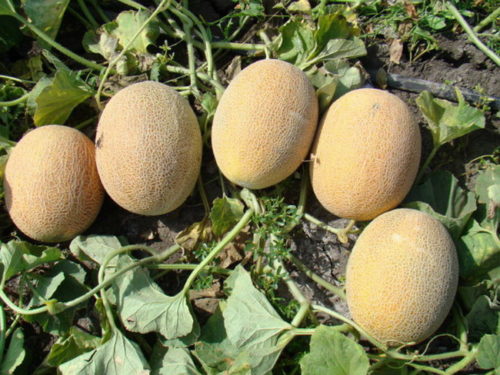
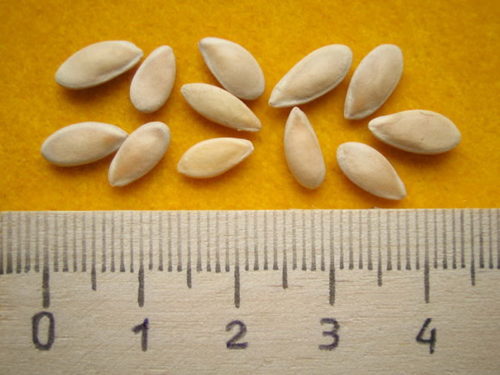

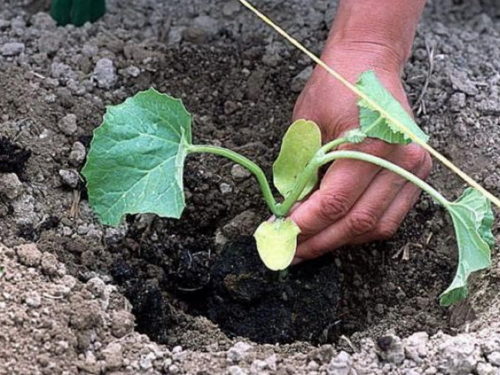
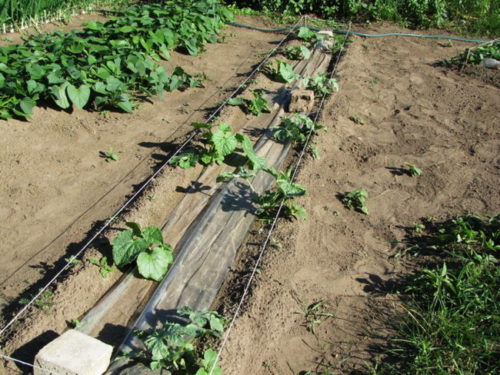
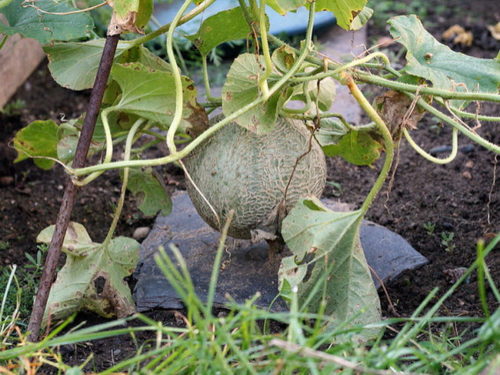
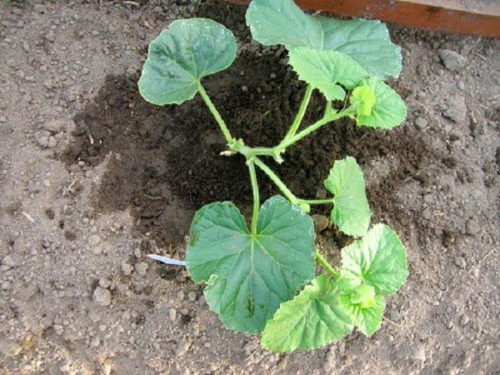
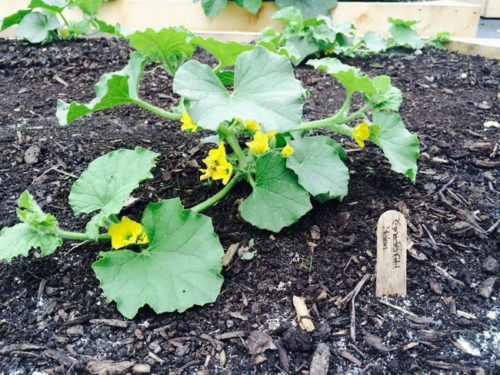

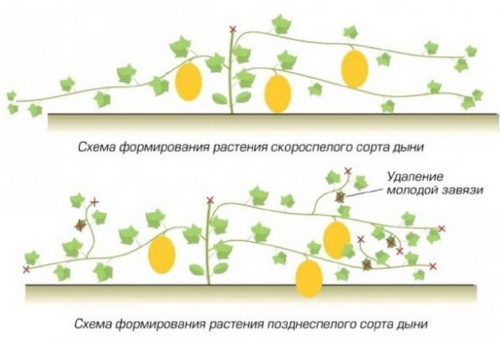
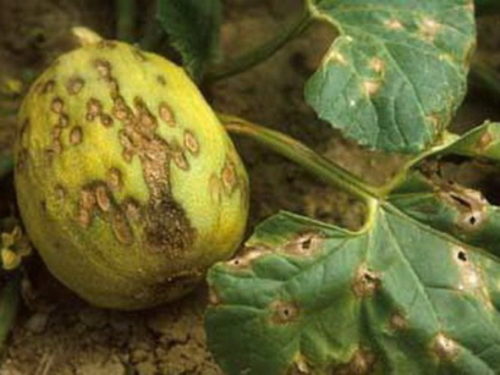
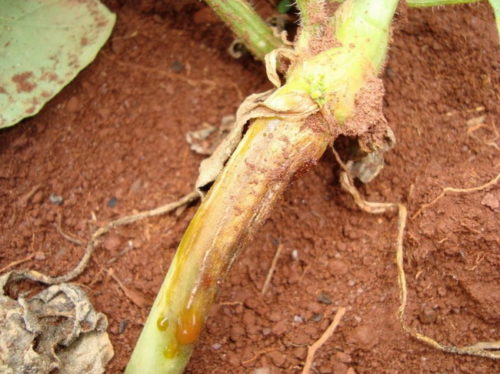
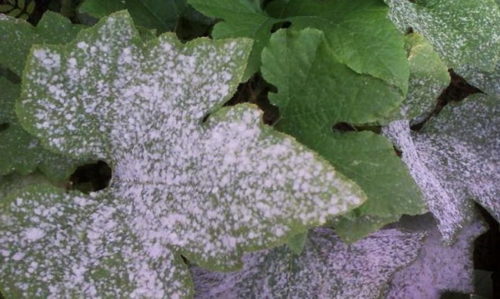















 Start a discussion ...
Start a discussion ...